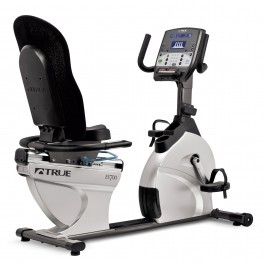
Cross-training 101
 Cross-training is a concept that many runners don’t properly familiarize themselves with. A great deal of runners might even believe that the only way to improve their running is to just keep running. But in truth, over-training in any form, running included, can put you at risk for injury. Daily running without rest can often restrict your body from proper recovery, which may ultimately hinder your performance.
Cross-training is a concept that many runners don’t properly familiarize themselves with. A great deal of runners might even believe that the only way to improve their running is to just keep running. But in truth, over-training in any form, running included, can put you at risk for injury. Daily running without rest can often restrict your body from proper recovery, which may ultimately hinder your performance.
No runner should try and fully substitute cross-training for their running, but adding different workouts as a complement to your running regiment can be important to making gains. Even other forms of cardio will qualify as cross-training – things like swimming, biking and rowing can all be hugely beneficial. Here are the very basics of cross-training, and how you can take advantage. Â
Elliptical
Using an elliptical machine closely simulates your running motion while doing away with the stress that constant foot strikes put on your body. With the proper customization, it can be a low-impact form of running and should be used as such. Don’t constantly use it as if it is running, but it can be especially helpful when trying to recover from a running-related injury.
Rowing
Using an ergometer is how rowers train when not on the water. You too can reap similar benefits – it will considerably work your upper body and core. It also strengthens your glutes, a muscle especially relevant to strong running. An important tip with this machine is to ask an expert – anyone you may know who rowed in college for instance, or a gym employee – for help with your form before you begin working with it. Cross-training should be helping you prevent injuries rather than cause them, so for this and every other exercise you’re unfamiliar with, do your research first.
Biking
While trail biking is helpful, for cross-training purposes, many find it preferable to stick to stationary biking and leave your outdoor workouts for running. Equipment like the TRUE ES700 Recumbent Bike will allow you to work your legs at home while taking up hardly any space. You can take one of two approaches to bike exercise. Slower pedaling with high resistance will add more strength and muscle to your legs, while extremely fast pedaling will add muscular endurance. It’s best to try and alternate, as both have their inherent benefits.
Lastly, even just going out and playing sports with some friends can be of great benefit. Running-intensive sports like soccer will distract you from how much exercising you’re doing, which can be a nice mental and physical break from constant running. Overall, there are many ways to cross-train and there is no one right answer. Whatever works best for you, cross-training can help improve your overall health and performance quickly and effectively.
